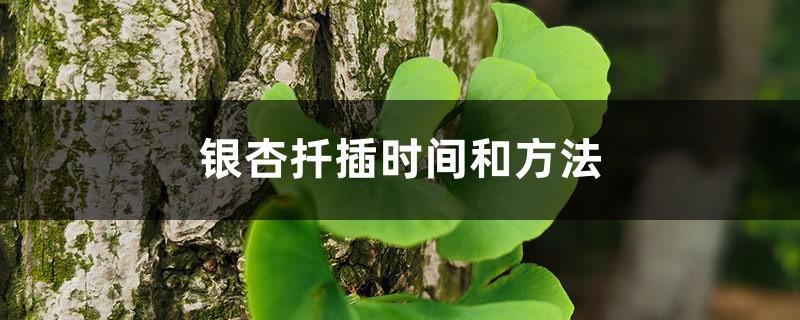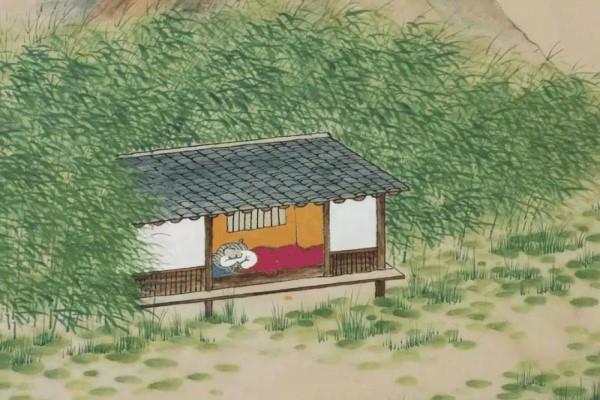Ginkgo cutting time and method, is it possible to cut ginkgo branches?
Last Update :2024.12.06
Article Catalog
Ginkgo cuttings are divided into hard branches and twigs. Hardwood cuttings are generally carried out in spring. The branches are cut in late autumn and early winter. The length is between 25-30 cm. 50 branches are put into a bundle and mixed with sand for storage. Take it out in spring, dip the bottom into rooting powder solution, and insert it into the seedbed. Young branches are cut in July. Select the semi-lignified branches of the current year with 2-3 buds on them and insert them into the soil.

1. Cutting time
1. Cutting time
Ginkgo cuttings are divided into two types, one is hard branch cuttings and the other is twig cuttings. Hardwood cuttings are usually taken in spring. These branches are usually cut in late autumn and early winter. After processing, they are stored outdoors, usually mixed in sand, and then taken out for use in spring. Cuttings of young branches should be carried out in July. Warm weather is more conducive to rooting. Too cold weather can easily cause frostbite.

2. Cutting Selection
Hard For branch cuttings, the current-year branches of saplings are generally used. If it is a large tree, the middle and lower branches of the current year are used. Branches that are too old or too thick are not conducive to rooting. Generally, it should be cut into 25-30 cm long, 50 roots should be bundled together, and the bottom should be soaked in rooting powder solution. The young branches should be semi-lignified branches of the current year with 2-3 buds on them, and the bottoms also need to be soaked in rooting water.

3. Carry out cuttings
Carry out The substrate needs to be prepared before cutting. Generally, sandy soil is used as a seedbed, which is conducive to the growth of new roots. Disinfect the soil before use to avoid infection of the cuttings. Insert the cuttings one-third or one-half of the way into the soil. For large-scale cuttings, it is generally necessary to maintain a row spacing of 25 cm and a plant spacing of 15 cm.

4. Follow-up maintenance
Complete Pay attention to shading after cutting, especially for twig cuttings. Since the light in July is strong, the water will evaporate quickly without shading, which is not conducive to rooting. In addition, the air must be kept moist, which can also reduce water loss. After it takes root, it can be transplanted to another place. When transplanting, the roots should be filled with soil balls.
2. Selection of cuttings
3. Carry out cuttings
4. Follow-up maintenance
- END -
No matter how beautiful the anthurium blooms, if you don't pay attention to these four points,

What kind of plants are the most lovable? The leaves are dark green and the flower...
When we grow old, this is how we will spend our old age!

When we get old, you take the flowers and I take the tea and leave this troubled w...